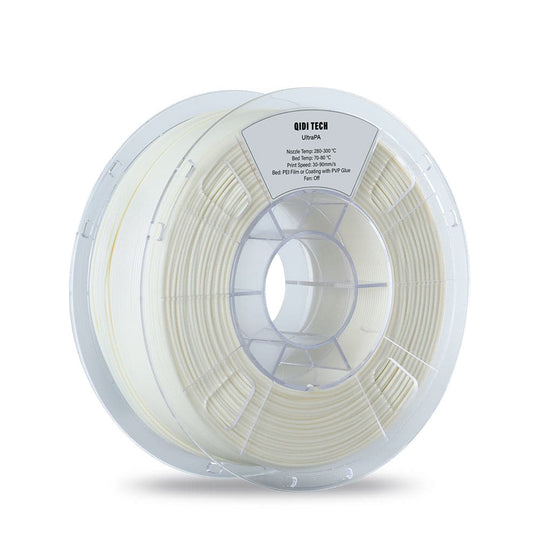In the world of 3D printing, selecting the right 3D printer filament for prototyping is crucial for achieving optimal results. Prototyping requires materials that not only print well but also accurately represent the final product. This guide will delve into the various types of filaments available, their properties, and their suitability for rapid prototyping.

Understanding 3D Printer Filaments for Prototyping
When it comes to 3D printer filament for prototyping, several materials stand out due to their unique characteristics. The most commonly used filaments include:
- PLA (Polylactic Acid): Known for its ease of use and eco-friendliness, PLA is an excellent choice for beginners. It offers good print quality and is biodegradable.
- ABS (Acrylonitrile Butadiene Styrene): This filament is favored for its strength and durability. ABS is ideal for functional prototypes that require resilience.
- PETG (Polyethylene Terephthalate Glycol): Combining the best of both PLA and ABS, PETG is strong, flexible, and resistant to impact, making it suitable for various applications.
- Nylon: Known for its toughness and flexibility, Nylon is perfect for prototypes that need to withstand stress and strain.
Choosing the Right Filament for Your Prototyping Needs
When selecting a 3D printer filament for prototyping, consider the following factors:
- Printability: Some filaments are easier to print than others. For instance, PLA is generally more forgiving and easier to work with compared to ABS.
- Mechanical Properties: Depending on the intended use of your prototype, you may need a filament that offers specific mechanical properties, such as flexibility or impact resistance.
- Cost: Budget constraints can influence your choice. While some filaments are more expensive, they may offer better performance for your specific application.
- Environmental Impact: If sustainability is a priority, consider using biodegradable options like PLA.
Best Practices for Using 3D Printer Filament for Prototyping
To ensure successful prototyping, follow these best practices:
- Store your filaments in a dry environment to prevent moisture absorption, which can affect print quality.
- Calibrate your printer settings according to the filament specifications to achieve the best results.
- Experiment with different filaments to find the one that best meets your prototyping needs.
Where to Find Quality 3D Printer Filaments
For those seeking high-quality 3D printer filament for prototyping, consider exploring options available at . They offer a variety of filaments suitable for different applications, ensuring you find the right material for your prototyping projects.
In conclusion, understanding the different types of 3D printer filament for prototyping and their respective properties is essential for achieving successful results. By considering factors such as printability, mechanical properties, and environmental impact, you can make informed decisions that enhance your prototyping experience.







